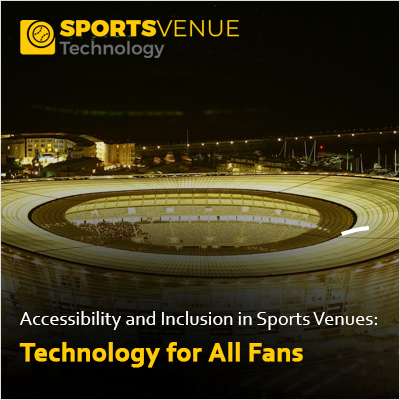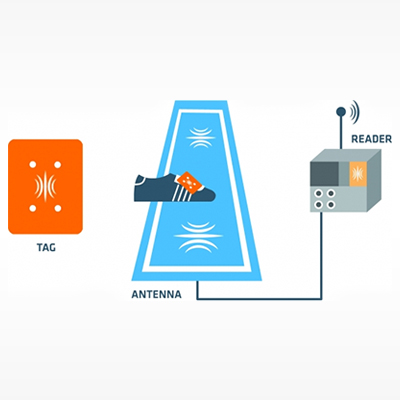Accessibility and Inclusion in Sports Venues: Technology for All Fans

Introduction:
Sports have the power to bring people together, creating a sense of community and shared experiences. However, for individuals with disabilities, attending live sporting events has often been accompanied by challenges related to accessibility. In recent years, there has been a growing recognition of the need for greater inclusivity in sports venues. Advancements in technology are playing a crucial role in transforming the live sports experience for fans of all abilities.
Smart Stadiums and Inclusive Design:
Contemporary sports arenas are progressively integrating smart technologies to elevate the overall fan experience. Moreover, these technologies can be harnessed to cultivate more inclusive environments. The incorporation of inclusive design principles takes into account the varied needs of all individuals, including those with disabilities. Noteworthy features like ramps, designated accessible seating, and tactile signage are becoming customary in the construction of new stadiums.
Assistive Technologies for Visually Impaired Fans:
Visually impaired fans can now enjoy a more immersive sports experience through assistive technologies. Audio descriptive commentary and enhanced sound systems provide real-time information about the game, enabling fans to follow the action. Additionally, smartphone apps with location-aware capabilities can guide visually impaired fans through the stadium, helping them navigate to their seats, restrooms, and concession stands.
Captioning and Sign Language Interpretation:
Deaf and hard-of-hearing fans face unique challenges in live sports settings. Stadiums are incorporating captioning systems on scoreboards and video displays, ensuring that important announcements and game-related information are accessible to all. Sign language interpretation services are also being offered during live events, fostering a more inclusive atmosphere for fans who communicate using sign language.
Sensory-Inclusive Spaces:
Many individuals with sensory sensitivities, such as those with autism, may find the noise and crowds in sports venues overwhelming. To address this, some stadiums are creating sensory-inclusive spaces equipped with calming environments, noise-canceling headphones, and other accommodations. These spaces provide a retreat for fans who need a break from the sensory stimulation of the game.
Mobile Apps for Personalized Experiences:
Sports venues are leveraging mobile apps to offer personalized experiences for fans with different abilities. These apps can provide real-time information on accessible routes, parking, and facilities. Some apps even allow fans to customize their in-stadium experience, adjusting preferences for lighting, sound levels, and seat locations based on individual needs.
Virtual and Augmented Reality for Remote Access:
For individuals encountering physical obstacles that hinder attendance at live events, virtual and augmented reality technologies present a viable alternative. Virtual reality can deliver an immersive sense of being present in the stadium, all from the convenience of one's home. Augmented reality applications can supplement this experience by providing extra information and commentary, hereby enriching the remote viewing experience for fans with disabilities.
Conclusion:
In conclusion, technological advancements are dismantling barriers to accessibility in sports venues, guaranteeing that the excitement of live sports becomes an accessible experience for all. The ongoing evolution of smart stadiums underscores the importance of prioritizing inclusivity in design and adopting innovative technologies that address the diverse needs of fans. By cultivating an environment where everyone can partake in the thrill of the game, sports venues can genuinely transform into spaces fostering unity, where individuals of all abilities come together in the spirit of competition and camaraderie.





